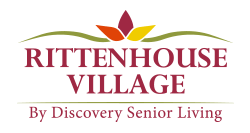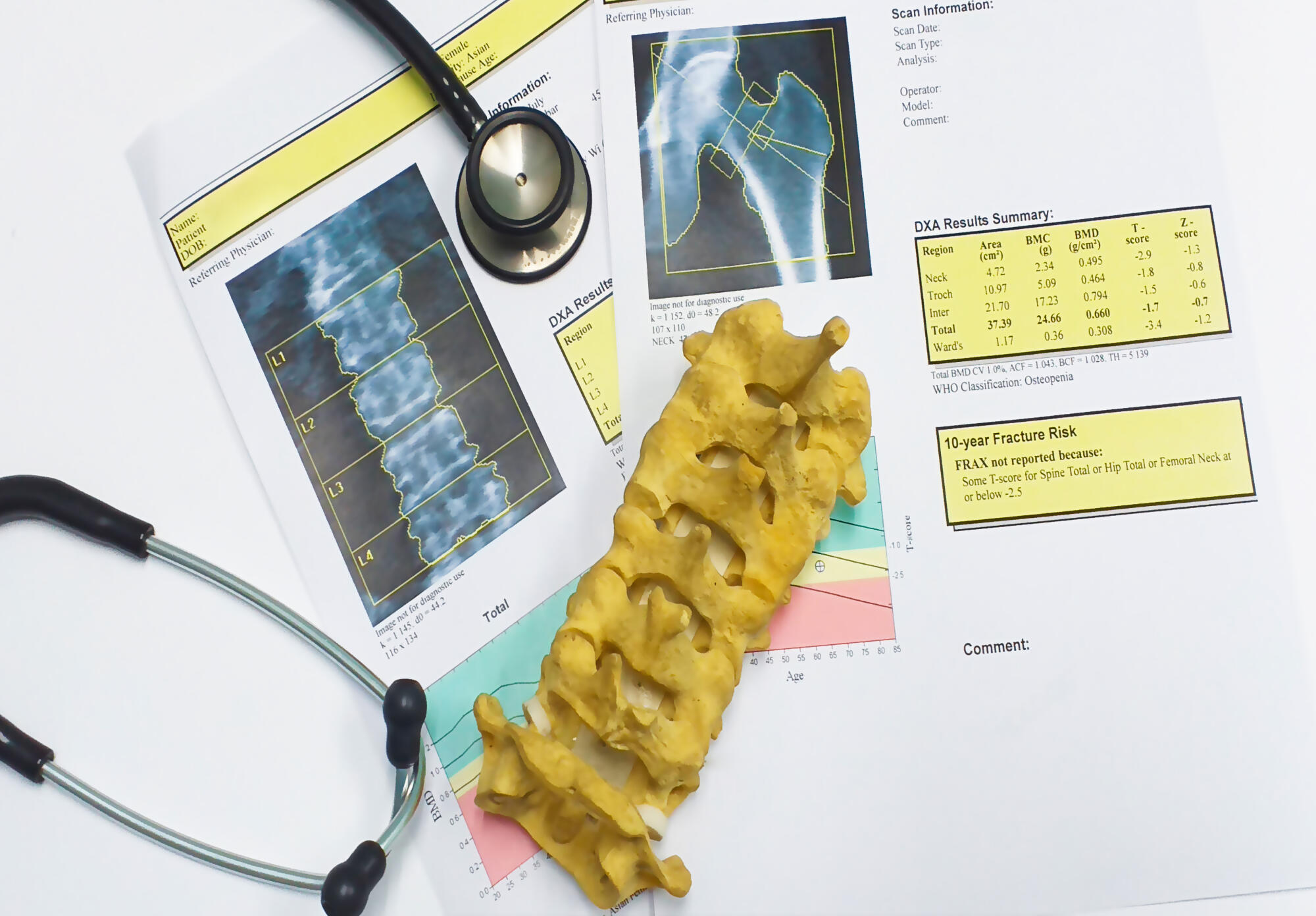Each year, May brings more than blooming flowers and longer days. It marks Osteoporosis Awareness Month, a time to spotlight a silent, yet widespread condition that affects millions, particularly older adults. But here’s a question: How often do conversations about aging truly include the importance of bone health?
Discussions about senior wellness tips tend to focus on heart health or memory care, while skeletal strength often takes a backseat…until a fall or fracture brings it to center stage.
Osteoporosis is often dubbed the “silent thief,” gradually diminishing bone density without a single symptom until a break occurs. With an aging population, raising awareness about this condition has never been more necessary. As healthcare continues to evolve, so too should the emphasis on preventive strategies. Osteoporosis Awareness Month is the perfect time to reevaluate the approach to aging and bone strength!
Understanding Osteoporosis and Its Impact
Osteoporosis is a chronic condition that weakens bones, making them brittle and more likely to fracture. It doesn’t strike overnight. It creeps in slowly, often going undiagnosed until a minor fall leads to a major injury. The hips, spine, and wrists are the most common fracture sites, and for seniors, these injuries can have lasting consequences.
National statistics estimate that over 10 million Americans have osteoporosis. Seniors, particularly women over 65, are most vulnerable. But the narrative isn’t all bleak. There’s growing recognition that early intervention and regular screening can significantly reduce risks.
Initiatives tied to Osteoporosis Awareness Month aim to educate and empower the senior population and their families.
The Aging Process and Bone Strength
Aging naturally brings about changes in the body, and bones are no exception. Throughout youth and early adulthood, the body builds bone faster than it breaks it down. However, around age 30, that balance begins to shift.
By the time a person enters their senior years, bone mass begins to decline, making bones more porous and susceptible to breaks.
Several factors accelerate this loss, including:
- Decreased hormone levels
- Inadequate calcium and vitamin D intake
- Sedentary lifestyles
- Smoking and excessive alcohol use
- Certain medications and chronic conditions
What complicates matters is that these changes are often invisible. A senior may feel strong and active one day, only to discover a spinal compression fracture the next. The need to promote aging and bone strength as interconnected topics has never been more urgent.
Osteoporosis Prevention: Strategies That Work
While genetics play a role in bone density, lifestyle choices can tip the scales toward prevention. The adage “an ounce of prevention is worth a pound of cure” holds especially true when it comes to osteoporosis prevention.
Proactive measures include:
Weight-bearing exercise like walking, dancing, or low-impact aerobics
Strength training to improve muscle support and stimulate bone growth
Adequate calcium intake, ideally 1,200 mg per day for seniors
Vitamin D supplementation, especially in colder climates
Smoking cessation and limiting alcohol intake to improve overall bone health
Furthermore, regular bone density tests are invaluable in identifying early signs of bone loss. Catching osteoporosis before a fracture means more time for preventive actions and less risk of mobility loss.
The Centers for Disease Control and Prevention (CDC) continues to release updated guidelines and data to support these practices.
Fall Prevention in Elderly Adults: More Than Just Caution
One of the most significant risks osteoporosis brings is an increased likelihood of fractures due to falls. But fall prevention in the elderly is not simply about “being careful.” It requires a comprehensive approach that involves home safety, physical strength, and awareness of surroundings.
Key fall prevention strategies include:
- Installing grab bars in bathrooms and stairwells
- Ensuring adequate lighting throughout the home
- Removing tripping hazards
- Wearing proper footwear with nonslip soles
- Participating in balance-focused exercises
Nutritional Keys to Stronger Bones
Nutrition is necessary to maintain bone health for seniors. While many people think of calcium as the sole nutrient of interest, bone health is a symphony-calcium is just one instrument.
A well-rounded bone-supportive diet includes:
Calcium-rich foods: Leafy greens, almonds, and dairy products
Vitamin D sources: Fatty fish, fortified cereals, and sunlight exposure
Magnesium and potassium: Needed to help balance acid levels in the body
Protein: Great for maintaining muscle mass and supporting bone structure
A shift has occurred in recent years, with more attention given to the role of inflammation in bone loss. Anti-inflammatory foods have found their way into many senior diets, not just for heart health, but for their skeletal benefits as well.
Movement as Medicine: The Role of Physical Activity
Exercise isn’t just good for the heart; it’s vital for bones. Physical activity enhances balance, strengthens muscles, and slows bone loss. In seniors, consistent movement reduces the chances of a fall while improving independence.
Beneficial activities include:
- Walking or hiking on stable terrain
- Water aerobics, which offers resistance without joint strain
- Yoga and stretching for flexibility and posture
- Resistance bands or light weights for muscle strength
Rethinking Senior Wellness: The Broader Picture
Bone health is a thread that runs through every aspect of senior wellness. From mental health to mobility, independence to social interaction, strong bones lay the groundwork for a thriving older adulthood.
Today, holistic approaches are becoming more common. This means looking beyond diet and exercise to include:
Regular health screenings: For early interventions
Medication reviews: To identify drugs that may impact bone density
Social engagement: To combat isolation, which can negatively affect physical health
Educational outreach: Necessary to keep seniors informed and empowered
During Osteoporosis Awareness Month, many organizations shine a light on these practices, creating a ripple effect that lasts beyond May!
Osteoporosis Awareness Month: A Stronger Tomorrow Awaits
Osteoporosis Awareness Month serves as a timely reminder that bone health deserves as much attention as any other aspect of senior care. Seniors in Reading, PA, have every reason to take charge of their bone health now.
Choose Rittenhouse Village At Muhlenberg, where senior wellness is a daily commitment. Here, residents dine, socialize, and enjoy life in an appealing community designed with their comfort and safety in mind.
Since opening our doors, we’ve been helping families find personal care that offers dependable support every day. Learn more by calling 610.477.3936, or contact us online.







